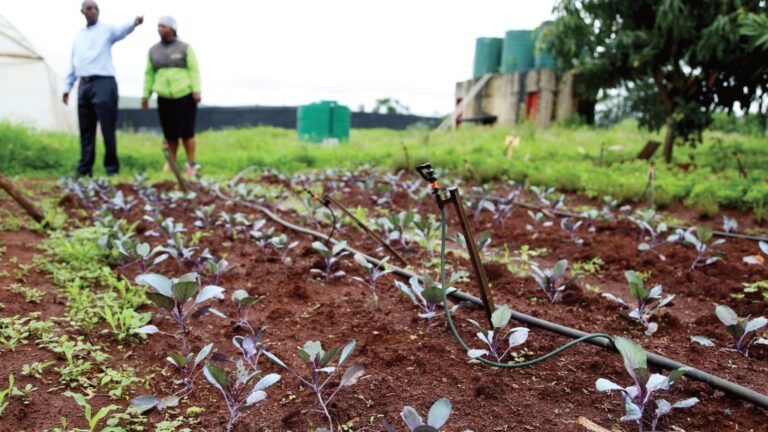Innovation has been pinpointed as a crucial strategy to shift towards a sustainable food system in the EAT-Lancet Report released in January. Although agricultural innovation should not be limited to technology, it has without doubt had substantial impacts on our current food systems. Technology, however, is a double-edged sword, and should be properly evaluated prior to its application.
How do you imagine our food system will change in the following decades? In a visualized food system of 2040, automation and mechanisation are expected to expand from food processing upwards to food production. Robotic harvesters and meat processing robotics are already on the way to reshape the human-nature relationship through agriculture. Unmanned aerial vehicles (UAVs), commonly known as drones, have also been widely used to collect spatial data for precision farming. To address food production in an urban context, advanced technologies have been employed to develop vertical farming to minimise land use by growing crops in an upright setting. These technologies, along with buzz words such as Internet of Things (IoT) and blockchain, have been developed to digitize our existing food systems.
Before crowning agricultural digitisation with the title of the fourth agricultural revolution, it is worth examining the last revolution, the Green Revolution in the 1960s. While the Green Revolution was well-praised for multiplying the yields of grains, especially in Latin America and Asia, its shortcomings are not often raised. The newly developed seeds, with the claim of high-yielding characteristic, did not perform as expected when they were first grown in the Philippines. On the contrary, the situation of hunger and malnutrition was exacerbated in the regions cultivating those varieties.
Studies by leading research institutes later revealed that these breeds would only reach their potential when they are planted with extra inputs like irrigation, mechanisation, fertilizers, pesticides and herbicides. The accessibility to capital to purchase these additional applications then yielded unequal outcomes for richer and poorer farmers. Not only did this lead to socio-economic division, but the growth of more limited varieties also resulted in the loss of genetic diversity. Since the Green Revolution, at least 300 out of 3500 traditional rice varieties have gone extinct, and more than 95% of rice paddies were predominantly cultivated with the high-yielding breeds by 1986.
The unintended consequences of agricultural technology could also be averted if technological innovation is handled with more care. In face of climate change, agricultural practices have to be more sustainable, in terms of both resource use and resilience to extreme weather. To efficiently assist such transition in areas highly vulnerable to climate change, technology is integrated into the comprehensive approach of farming in climate smart villages. Examples of these villages in West Africa use information and communication technology (ICT) to provide real-time weather forecasts and advisories on agricultural practices. The climate smart agriculture hence makes the villages more adaptive to uncertain conditions. To prevent mistakes from the past, it requires thorough consideration and cautious application when it comes to technology, which itself is essentially a neutral tool.
“Ultimately, it’s the way human beings, with our vast stores of ingenuity, deploy the power of the technology and tools that makes the biggest difference.” – Bill Gates, Co-chair, Bill and Melinda Gates Foundation


